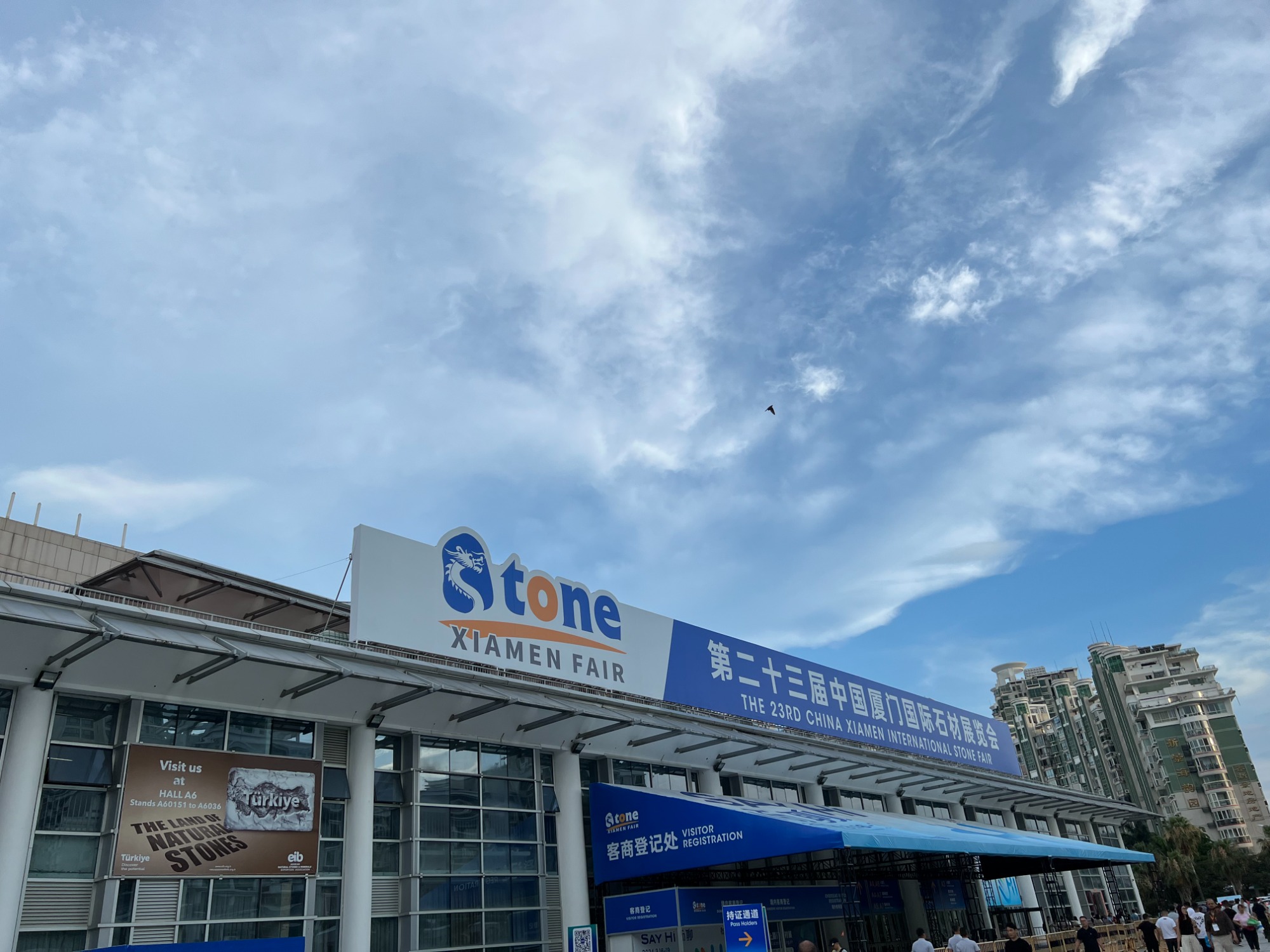When selecting decoration for the kitchen, the first thing that comes to your mind must be quartz. That is reasonable as it delivers on both appearance and performance. However, an emerging stone material, sintered stone slab, has entered the decorative market in recent years. It is becoming more and more popular, which makes a big impact on quartz. It is no wonder that many people think it has the potential to replace quartz. This article gives a comparison between them in several aspects. By the end, you will have a thorough understanding.

What is Sintered Stone?
Sintering is the act of recreating the same process nature uses to create precious stones within minutes – a procedure that’s supposed to take thousands of years. The material is subjected to over 400 tons of high pressure, where the raw materials undergo further processing in temperatures over 1400°C.
What is Quartz Stone?
Quartz is an engineered stone; what does that mean? Mineral quartz is combined with resin (about 93% is quartz) to create a man-made substance. Through pressure and heat, a solid, non-porous surface is created that is one of the most durable countertops available. No worrying about wine stains or lemon etching here!
Appearance
In general, the thickness of quartz is about 8-30mm. Although there are many colors to choose from, there may be more or less color variation between batches. And the texture differs greatly from natural stone. The sintered stone is large format and 3-20mm thick. It usually features a natural stone look with various colors, textures, grains, and so on.
Composition
The first difference we will look at is the composition. As mentioned earlier, sintered stone is made from a process that begins with raw materials that are combined. Each of the various manufacturers has its own recipe for its particular material, but they all begin with raw materials. Those materials are then transformed into a solid mass. The materials and the transformation process are the same as those that produce natural stone. Hence, the term "sintered stone". Quartz though is different. Although the raw material quartz is used in the production of quartz. There are are also synthetic materials used to manufacture it. The quartz particles are combined with a binder (usually a polyester resin) and colroing pigment is added to create the specific colors. So, while both sintered stone and engineered quartz are both engineered and they both contain minerals that are found in natural stone, they do not have the same composition.
Heat Resistance
Another area in which these materials differ is in their ability to resist heat. Quartz tolerates heat well enough for it to be used as a kitchen coutnertop material. However, sintered stone is even more heat resistant. In fact, there are videos online showing cooks moving a pan of boiling water directly from the stovetop to the surface of a sintered stone countertop and setting down directly on the counter. This drives the point home. Sintered stone is born out of a process that consists of intense heat and it can withstand virtually all normal household temperatures. Even though quartz is heat resistant, there are still some temperatures that are too high for the resins of which it is composed. For example, during the fabrication process, fabricators have actually burned the resins in the quartz material by using improper polishing pads. The pads got so hot that they scorched the resin in the quartz and discolored it. So, even though sintered stone and quartz both resist heat well enough to be used as a kitchen countertop, sintered stone can withstand hotter temperatures.
Hard Materials Require Careful Handling
Just because one material is harder than another one does not mean that it is stronger in every respect. This is what highlights another difference between sintered stone and engineered quartz. Sintered stone requires specific protocols for handling, fabricating and installing it. These procedures are required because the material is more brittle than engineered quartz. Cutting it improperly, picking it up in a twisting fashion, or jarring itin just the right way can smap or crack the sheet. Make no mistake, all hard surface materials require skill and care when they are being handled and quartz is no different. And some parts of the process for fabricating these amterials are the same. Yet, each one will have its own guidlines for how to handle, move, cut, and shape the material. So, be sure you follwo the guide for the material and the brand of surface you are working with if you are a fabricator.
Conclusion
In summary, there are benefits and drawbacks to every material that is used for a hard surface. Knowing something about what makes a material a good choice will allow you select the best choices no matter what your project entails. In the end, the particular design you choose and which material offers a slab or sheet that you prefer may be the feature that solidifies your decision in the end.

 The 23rd China Xiamen Internation Stone Fair
The 23rd China Xiamen Internation Stone Fair